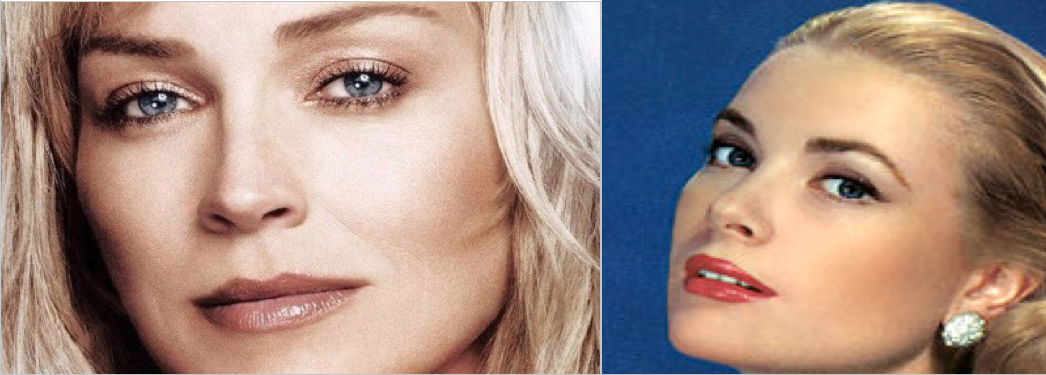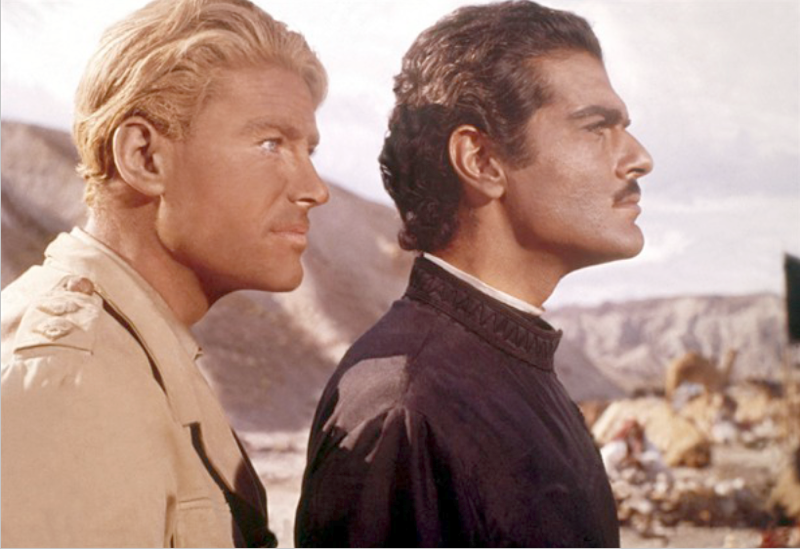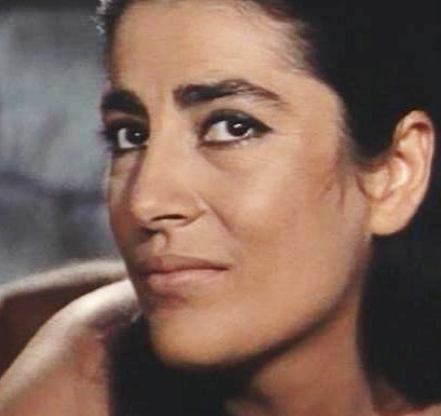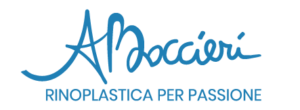La prima analisi in vista di una rinoplastica ha l’obiettivo di riconoscere il gruppo etnico a cui appartiene il paziente o quello con cui presenta maggiore affinità.
Il naso mediterraneo
Il naso mediterraneo (e in particolare il naso italiano) possiede alcune caratteristiche specifiche di questo gruppo etnico, che in alcuni casi possono essere esasperate e condurre a un quadro di vera e propria deformità nasale tale da richiedere una rinoplastica. Le alterazioni più frequentemente riscontrate sono: un dorso prominente con gobba, la punta cadente, un angolo naso-labiale acuto, una pelle spessa e sebacea. L’approccio chirurgico al naso da un lato deve riconoscere tutte le alterazioni e dall’altro lato deve essere in grado di riportare la modifica nei canoni della bellezza propri di questo gruppo etnico. Ecco perché è consigliabile procedere con cautela nella scelta delle tecniche più idonee per correggere i vari difetti, cercando di essere conservativi nelle strutture da trattare.

Il naso anglosassone
Il naso del gruppo etnico anglosassone presenta spesso solo una lieve gibbosità, mentre la punta nasale tende ad essere iperproiettata ed iper-ruotata. Inoltre, la pelle si presenta molto sottile. Qui il canone di bellezza di riferimento possiede lineamenti delicati e nel volto può armonizzarsi bene anche un naso un pochino all’in su con una punta sottile.

Il naso medio-orientale
Nel naso medio-orientale le alterazioni spesso presenti nel naso mediterraneo sono ancora più accentuate. In particolare, le narici sono molto grandi e la punta notevolmente cadente. A questi pazienti sono spesso consigliate tecniche chirurgiche ideate per ottenere una considerevole rotazione della punta e il suo assottigliamento.

Il naso greco
Il naso greco presenta un profilo dritto con poco angolo tra fronte e dorso nasale. Quando quest’ultima caratteristica è molto esasperata è possibile eseguire un rimodellamento osseo della radice nasale, rendendola così staccata dalla linea della fronte nel profilo.

Il naso africano
La piramide nasale delle etnie di colore tende ad essere importante per dimensioni, con una punta globosa con base larga e pelle spessa. Le tecniche chirurgiche applicate in questi casi riducono lo spessore della punta e rimodellano la base delle ali nasali, così da proiettare la punta e ridurre la larghezza delle narici.

Il naso orientale
Ancora diversa è la situazione dei pazienti dell’estremo oriente. In questo caso, l’inestetismo spesso deriva da una eccessiva insellatura del dorso nasale con un angolo naso frontale troppo aperto. Da qui la necessità di una rinoplastica per effettuare innesti sul dorso e correggere l’alterazione, ma è consigliabile non esagerare nella “occidentalizzazione del difetto”. Si rischierebbe di creare un profilo nasale innaturale e non bene inserito nel volto.

In conclusione:
l’inquadramento del paziente nel gruppo etnico di appartenenza o anche in quello a cui può essere assimilabile è fondamentale per una correzione del difetto nasale in armonia con il volto. Del resto questi concetti generali dimostrano come un dorso nasale piuttosto scavato sia meno tollerabile nel gruppo etnico mediterraneo che in quello anglosassone e come alcune tecniche chirurgiche ideate da scuole anglosassoni e applicate su pazienti mediterranei rendano il risultato assolutamente “finto”.
DATI PROFESSIONISTA
Dr. Armando Boccieri
Via della Fisica 39 00144 – Roma
Codice Fiscale (Fiscal Code): BCCRND53S04A509O
Partita IVA (VAT number): 13099481007
E-mail: armando.boccieri@libero.it
Laureato in Medicina e Chirurgia presso l’Università di Roma con voti 110/110 e lode (Graduated cum laude (110/110) in Medicine and Surgery at Rome University)
Specializzato in Otorinolaringoiatria presso l’Università Cattolica del Sacro Cuore di Roma con voti 70/70 (Post-graduate specialization in ENT (70/70) at the Università Cattolica del Sacro Cuore in Rome)
Specializzato in Chirurgia Plastica presso l’Università Cattolica del Sacro Cuore di Roma il con voti 70/70 (Post-graduate specialization in Plastic Surgery (70/70) at the Università Cattolica del Sacro Cuore in Rome)
Presidente dell’Associazione Italiana di Chirurgia Estetica e Funzionale della Faccia (AICEFF) (President of the Italian Association of Aesthetic and Functional Face Surgery)
Delegato Nazionale della European Academy of Facial Plastic Surgery (National Delegate for Italy of the European Academy of Facial Plastic Surgery)
DOVE RICEVE
Roma – Studio Medico
Piazza Gandhi, n. 3
Tel: +39 06 591 3916
NOTE LEGALI
Il sito internet
www.armandoboccieri.it
rispetta la linea guida nazionale
della FNOMCeO in materia di
pubblicità sanitaria, secondo
gli artt. 55-56-57 del codice
Deontologia medica.
(The website
www.armandoboccieri.it
respects the national guideline
of the FNOMCeO in the field of
health advertising, according to
articles 55-56-57 of the code
Medical ethics)
